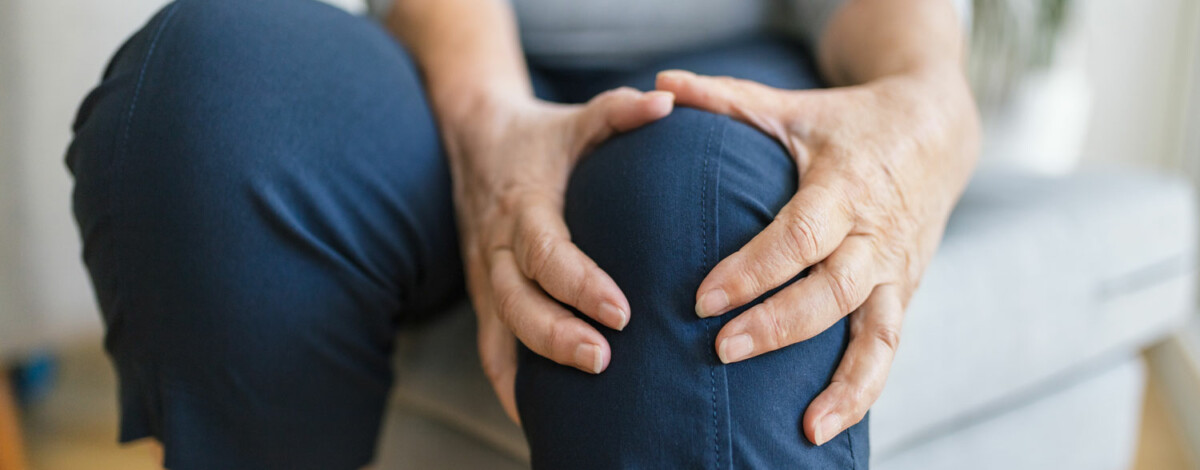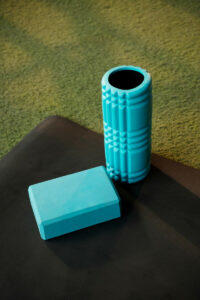The iliotibial band is a large fascia band running from the external pelvis margin to the tibia in the lower leg. It extends down the outside leg between these two points and is also known as the IT band. The IT band provides hip motion and stabilizes the knee and the muscles that attach to it.
Iliotibial Band Friction Syndrome (ITBFS) is a common condition in athletes, runners, and other people who expose their legs and knees to repetitive strains, whatever the reason. It is an injury caused by overuse of the leg and knee.
IT band pain usually results from repetitive friction at the point where the IT band crosses the knee. It can also be caused by consistent compression of the fat pad located between the lateral knee (on the side) and the IT band.
ITBFS can be exacerbated by a number of factors, such as increased running distances, a sudden increase in the intensity or volume of exercise, not warming up properly before physical activity, excessive foot pronation, muscular tightness or inflexibility, and more.
Symptoms of ITBFS
The symptoms of IT Band Friction Syndrome appear in the outside or lateral portion of the knee and may include:
- Muscular tightness
- Swelling
- Stiffness in the knee and leg when you wake up
- Pain while flexing the knee
Another symptom is a sharp or dull pain in the knee, usually beginning after the onset of activity. It will typically persist even if you stop.
Risk Factors
Depending on your mechanics, being obese or overweight can exacerbate the strain on the tendons and muscles in your lower legs.
You could also be predisposed to this type of condition. If you feel this might be the case, talk to a physician.
How to stay active despite an IT band condition
Avoid any activities or exercises that provoke or intensify your symptoms. These usually include cycling and running. They are repetitive, which makes them common IT band syndrome triggers. You’re at increased risk if you are a long-distance cyclist or runner active all year round. Many athletes keep training despite IT band pain, but this can lead to bigger risks in the long run.
To promote recovery without having to cease all activity, you can reduce the frequency, intensity, or mileage until symptoms improve. Adjust form and biomechanics to limit knee strain and strain on adjacent tissues like the glutes, quad, and hamstring.
Make adjustments to your routine
You can adjust your bike or run on a different surface and try cross-training to change how you use your muscles while still maintaining your strength and fitness level. Walking and swimming are great for the joints and muscles.
Never skimp on quality footwear, including orthotics, if recommended.
Squats and lunges are best avoided if you have IT band pain. The knee is quite painful in the area where the IT band attaches when it is bent between 30 and 90 degrees.
Depending on the severity of your symptoms, you might consider taking a break or modifying the above options. Ideally, begin with a limited, almost pain-free range of motion and work from there.
Ask Mobility on Mainway about orthotics and IT band treatment
Mobility on Mainway specializes in orthotics, footwear, and foot treatments. We can help alleviate your IT band problems by equipping you with the most effective, customized orthotics for your needs.
|
|
Contact Mobility on Mainway If you would like to talk to a specialist, contact Mobility on Mainway by filling out the contact form below or calling us to speak with our team.
|



